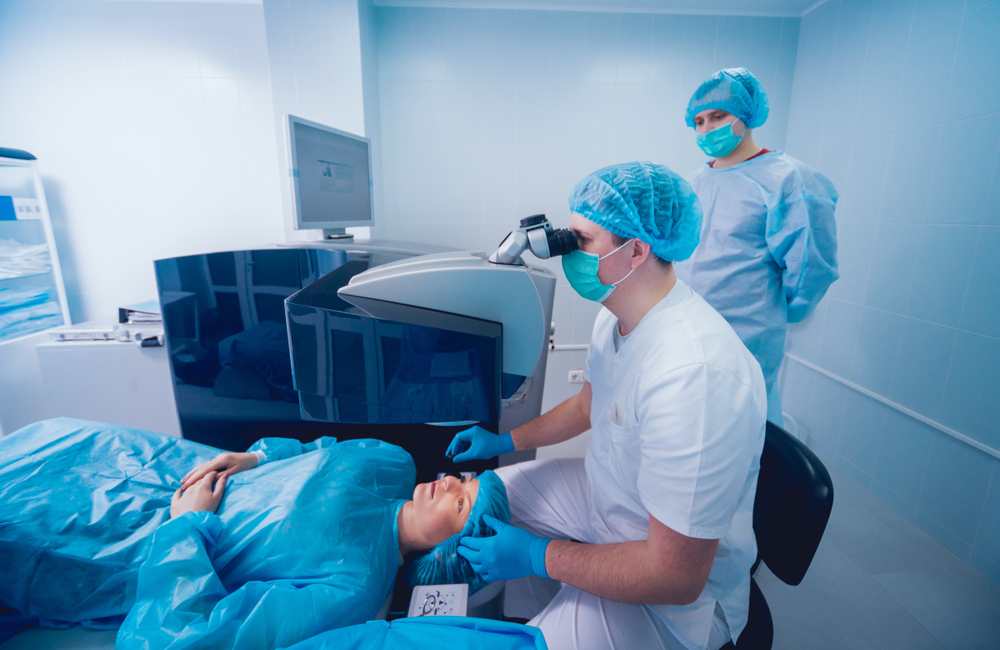Liposuction Guide: Modern Fat-Removal Methods & Recovery
Explore contemporary liposuction options—from ultrasound-assisted to laser-assisted techniques—and learn who is an ideal candidate, which body areas respond best, expected outcomes and recovery timelines, and typical cost ranges. Get clear, practical guidance to help you decide if body contouring is right for you.

Liposuction is a surgical procedure designed to eliminate stubborn, localized fat deposits that do not respond to diet and exercise. It is intended to refine body contours rather than act as a primary weight-loss solution. Advances in technology and surgical standards over the years have increased precision, reduced trauma to tissues, and improved recovery for many patients.
Modern energy-assisted techniques
Among recent innovations, ultrasound-assisted liposuction (UAL) stands out. UAL uses focused sound waves to break up and emulsify fat cells before suctioning, turning fatty tissue into a more fluid consistency. This can make removal gentler on surrounding structures such as blood vessels and connective tissue. Potential advantages include less bruising, smoother surface contours, and sometimes a quicker return to routine activities compared with older suction-only methods.
Laser-assisted liposuction is another energy-based alternative. It employs laser energy to liquefy fat and may stimulate some degree of skin tightening. Each technology has distinct strengths and limitations, and the best choice depends on your anatomy, goals, and your surgeon’s familiarity with the method.
How candidates are evaluated and safety measures
A thorough medical evaluation is the foundation of a safe liposuction plan. Good candidates are typically in overall good health, have realistic expectations, and are close to their ideal body weight—often within roughly 30% of it. During consultation, clinicians will assess:
- Medical history and current health conditions
- Skin elasticity and muscle tone, which influence how the skin retracts after fat removal
- Prior surgeries or other factors that could complicate the procedure
- Medications, herbal supplements, and smoking habits that might affect healing
To minimize complications, liposuction should be performed by board-certified plastic surgeons or appropriately trained specialists in accredited surgical facilities. Standard safety measures include preoperative testing, customized anesthesia plans, strict sterile technique, and postoperative monitoring.
Areas that respond well to liposuction
Liposuction can target many common trouble spots where fat tends to linger. Typical treatment sites include:
- Abdomen and flanks (love handles and waist)
- Thighs and hips
- Upper arms and back
- Submental region (chin and neck)
- Male chest (to reduce fatty tissue or mild gynecomastia)
Surgeons often tailor the approach to each area and sometimes combine liposuction with other contouring procedures for more comprehensive results.
What results to expect and recovery timeline
The volume of fat removed varies by individual and the extent of the operation; many patients have between about 1 and 10 pounds of fat extracted during a single session. Liposuction reshapes treated zones, but the most noticeable improvements appear after initial swelling goes down.
Typical recovery milestones:
- Return to desk work or light activities: usually within 1 to 2 weeks, depending on the procedure scale and personal healing
- Bruising and swelling: common early on, gradually improving over several weeks
- Final contour and symmetry: often evident between 3 and 6 months as residual swelling resolves and tissues settle
Following postoperative directions is important for the best outcome: wear compression garments as recommended, avoid strenuous exercise for the advised period, and attend scheduled follow-up visits to monitor healing and address any concerns.
Cost factors and selecting a provider
Costs for liposuction vary widely based on the chosen technique, facility fees, anesthesia, geographic region, and how extensive the treatment is. Below is a general overview of price ranges and typical recovery times for several common approaches.
| Procedure Type | Average Cost Range | Recovery Time |
|---|---|---|
| Traditional Liposuction | $3,500 - $7,500 | 1-2 weeks |
| Ultrasound-Assisted | $4,500 - $8,500 | 1-2 weeks |
| Laser-Assisted | $5,000 - $9,000 | 1-2 weeks |
Prices, rates, or cost estimates mentioned in this article are approximate and may change over time. Independent research is advised before making financial decisions.
When choosing a surgeon, prioritize board certification, demonstrated experience with your selected technique, before-and-after photos, and positive patient feedback. A reputable consultation will cover your goals, procedural risks, recovery expectations, and a personalized treatment plan.
Making an informed decision
When performed for the right reasons by experienced professionals, liposuction can produce durable improvements in body proportions. It is not a substitute for significant weight loss but is most effective for contouring areas that remain resistant to diet and exercise. Discuss realistic outcomes, the healing process, and potential complications with your surgeon to decide if liposuction aligns with your goals.
This article is for informational purposes only and should not be considered medical advice. Please consult a qualified healthcare professional for personalized guidance and treatment.






